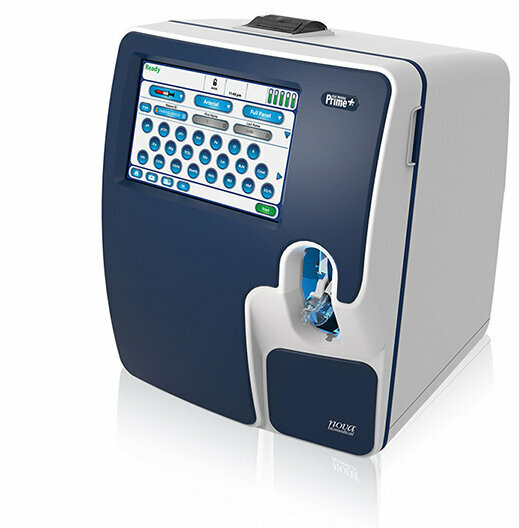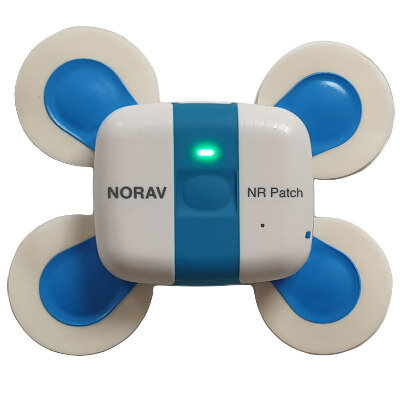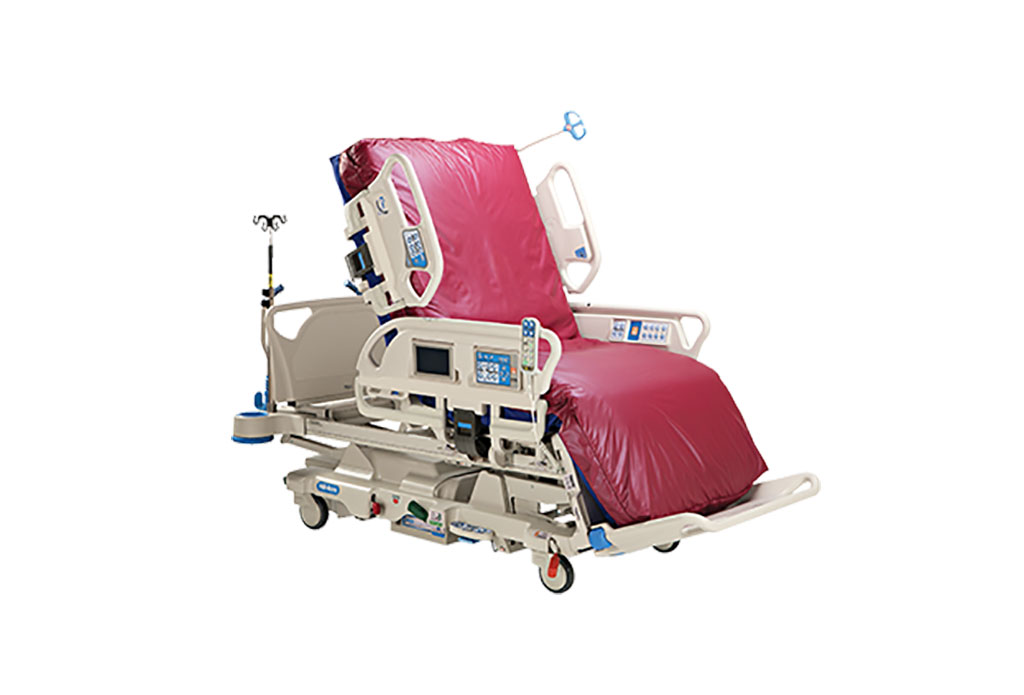AI Tool Identifies Cancer Type and Changes in Lung Tumor
|
By HospiMedica International staff writers Posted on 01 Oct 2018 |
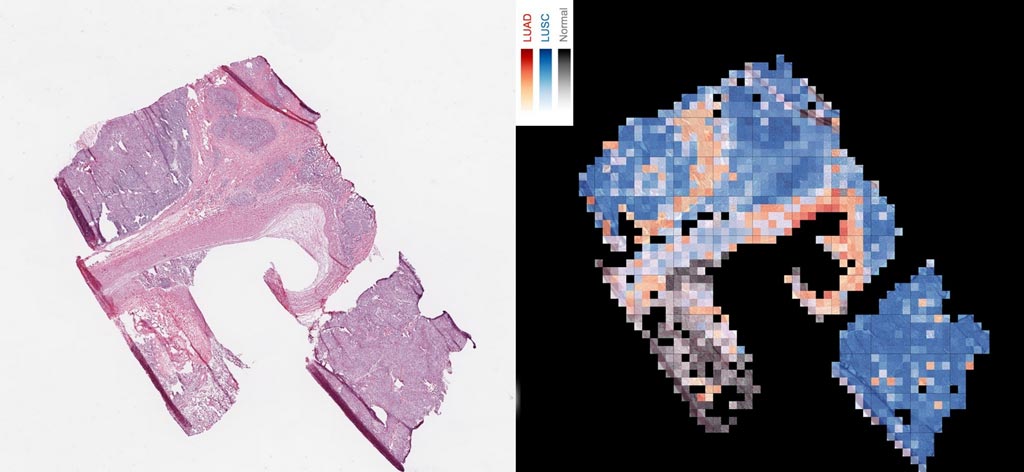
Image: An AI tool analyzes a slice of cancerous tissue to create a map that tells apart two lung cancer types, with squamous cell carcinoma in red, lung squamous cell carcinoma in blue, and normal lung tissue in gray (Photo courtesy of Cision).
Researchers from the NYU School of Medicine (New York City, NY, USA) have developed a new computer program that can analyze the images of patients' lung tumors, specify cancer types, and even identify altered genes driving abnormal cell growth. In their study, the researchers found that the artificial intelligence (AI), or "machine learning," program could distinguish -- with 97% accuracy -- between adenocarcinoma and squamous cell carcinoma, two lung cancer types that experienced pathologists at times struggle to parse without confirmatory tests. Additionally, the study found that the AI was also able to determine from analyzing the images whether the abnormal versions of six genes linked to lung cancer – including EGFR, KRAS and TP53 – were present in cells, with an accuracy ranging from 73% to 86%, depending upon the gene.
For their study, the researchers designed statistical techniques that gave their program the ability to "learn" how to get better at a task, but without being told exactly how. Such programs build rules and mathematical models that enable decision-making based on data examples fed into them, with the program becoming "smarter" as the amount of training data grows.
Newer AI approaches, inspired by nerve cell networks in the brain, use increasingly complex circuits to process information in layers, with each step feeding information into the next, and assigning more or less importance to each piece of information along the way. The researchers trained a deep convolutional neural network, Google's Inception v3, to analyze slide images obtained from The Cancer Genome Atlas, a database of images where cancer diagnoses had already been determined. This allowed the researchers to measure how well their program could be trained to accurately and automatically classify normal versus diseased tissue.
The study found that about half of the small percentage of tumor images misclassified by the study AI program was also misclassified by the pathologists, highlighting the difficulty in distinguishing between the two lung cancer types. On the other hand, 45 out of 54 of the images misclassified by at least one of the pathologists in the study were assigned to the correct cancer type by the machine-learning program, suggesting that AI could offer a useful second opinion.
The researchers now plan to continue training their AI program with data until it can determine which genes are mutated in a given cancer with more than 90% accuracy, after which they will begin seeking government approval to use the technology clinically, and in the diagnosis of several cancer types.
"Delaying the start of cancer treatment is never good," said senior study author Aristotelis Tsirigos, PhD, associate professor in the Department of Pathology at NYU School of Medicine and NYU Langone Health's Perlmutter Cancer Center. "Our study provides strong evidence that an AI approach will be able to instantly determine cancer subtype and mutational profile to get patients started on targeted therapies sooner."
"In our study, we were excited to improve on pathologist-level accuracies, and to show that AI can discover previously unknown patterns in the visible features of cancer cells and the tissues around them," said the study’s co-corresponding author Narges Razavian, PhD, assistant professor in the departments of Radiology and Population Health. "The synergy between data and computational power is creating unprecedented opportunities to improve both the practice and the science of medicine."
Related Links:
NYU School of Medicine
For their study, the researchers designed statistical techniques that gave their program the ability to "learn" how to get better at a task, but without being told exactly how. Such programs build rules and mathematical models that enable decision-making based on data examples fed into them, with the program becoming "smarter" as the amount of training data grows.
Newer AI approaches, inspired by nerve cell networks in the brain, use increasingly complex circuits to process information in layers, with each step feeding information into the next, and assigning more or less importance to each piece of information along the way. The researchers trained a deep convolutional neural network, Google's Inception v3, to analyze slide images obtained from The Cancer Genome Atlas, a database of images where cancer diagnoses had already been determined. This allowed the researchers to measure how well their program could be trained to accurately and automatically classify normal versus diseased tissue.
The study found that about half of the small percentage of tumor images misclassified by the study AI program was also misclassified by the pathologists, highlighting the difficulty in distinguishing between the two lung cancer types. On the other hand, 45 out of 54 of the images misclassified by at least one of the pathologists in the study were assigned to the correct cancer type by the machine-learning program, suggesting that AI could offer a useful second opinion.
The researchers now plan to continue training their AI program with data until it can determine which genes are mutated in a given cancer with more than 90% accuracy, after which they will begin seeking government approval to use the technology clinically, and in the diagnosis of several cancer types.
"Delaying the start of cancer treatment is never good," said senior study author Aristotelis Tsirigos, PhD, associate professor in the Department of Pathology at NYU School of Medicine and NYU Langone Health's Perlmutter Cancer Center. "Our study provides strong evidence that an AI approach will be able to instantly determine cancer subtype and mutational profile to get patients started on targeted therapies sooner."
"In our study, we were excited to improve on pathologist-level accuracies, and to show that AI can discover previously unknown patterns in the visible features of cancer cells and the tissues around them," said the study’s co-corresponding author Narges Razavian, PhD, assistant professor in the departments of Radiology and Population Health. "The synergy between data and computational power is creating unprecedented opportunities to improve both the practice and the science of medicine."
Related Links:
NYU School of Medicine
Channels
Artificial Intelligence
view channel
AI-Powered Algorithm to Revolutionize Detection of Atrial Fibrillation
Atrial fibrillation (AFib), a condition characterized by an irregular and often rapid heart rate, is linked to increased risks of stroke and heart failure. This is because the irregular heartbeat in AFib... Read more
AI Diagnostic Tool Accurately Detects Valvular Disorders Often Missed by Doctors
Doctors generally use stethoscopes to listen for the characteristic lub-dub sounds made by heart valves opening and closing. They also listen for less prominent sounds that indicate problems with these valves.... Read moreCritical Care
view channel
Powerful AI Risk Assessment Tool Predicts Outcomes in Heart Failure Patients
Heart failure is a serious condition where the heart cannot pump sufficient blood to meet the body's needs, leading to symptoms like fatigue, weakness, and swelling in the legs and feet, and it can ultimately... Read more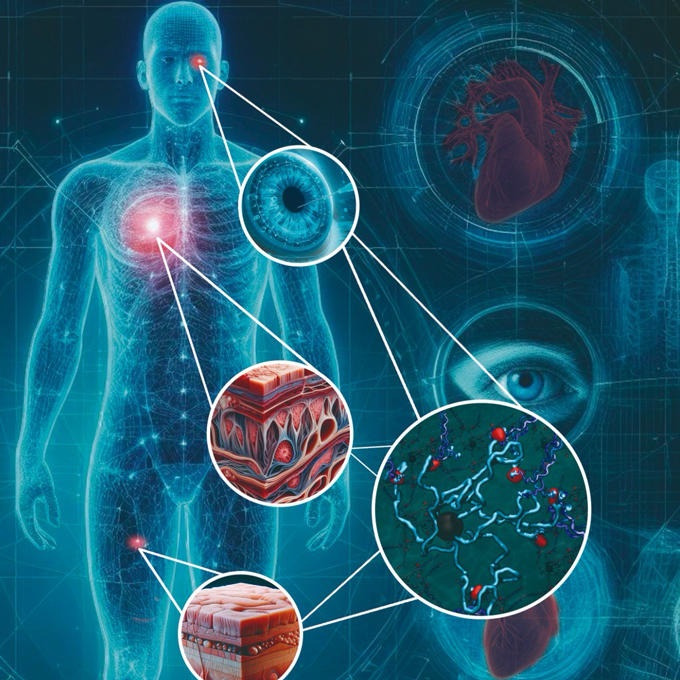
Peptide-Based Hydrogels Repair Damaged Organs and Tissues On-The-Spot
Scientists have ingeniously combined biomedical expertise with nature-inspired engineering to develop a jelly-like material that holds significant promise for immediate repairs to a wide variety of damaged... Read more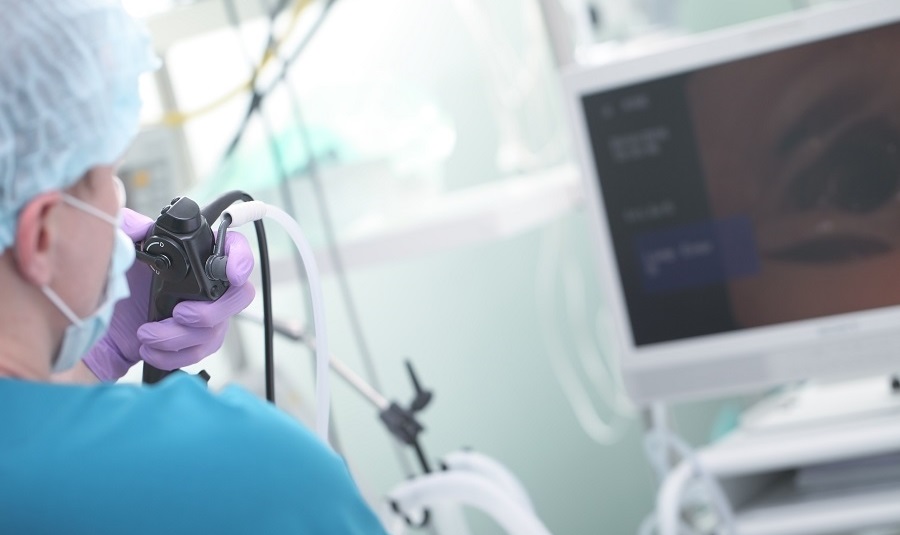
One-Hour Endoscopic Procedure Could Eliminate Need for Insulin for Type 2 Diabetes
Over 37 million Americans are diagnosed with diabetes, and more than 90% of these cases are Type 2 diabetes. This form of diabetes is most commonly seen in individuals over 45, though an increasing number... Read moreSurgical Techniques
view channel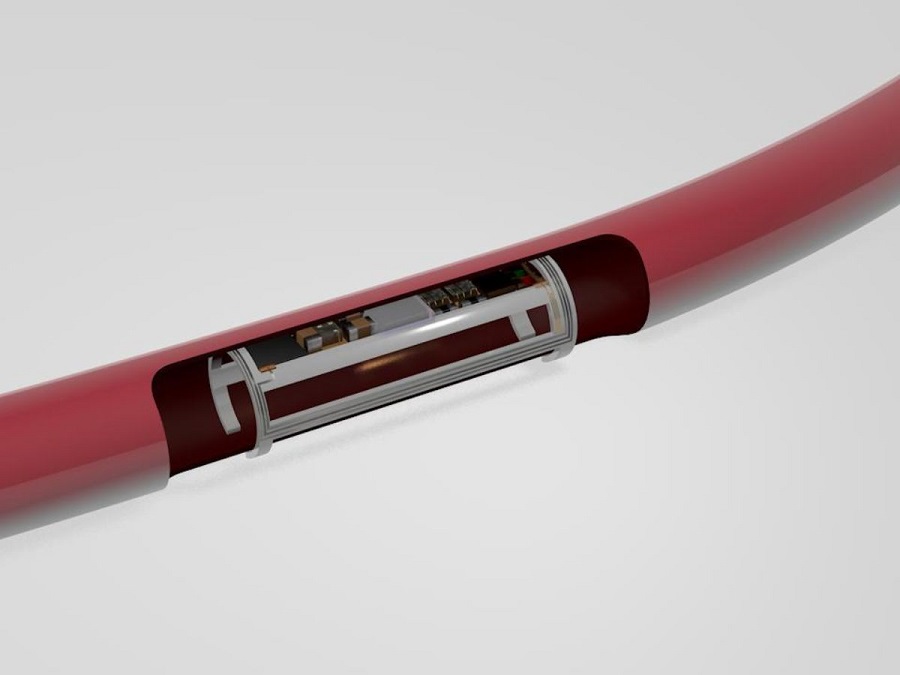
Miniaturized Implantable Multi-Sensors Device to Monitor Vessels Health
Researchers have embarked on a project to develop a multi-sensing device that can be implanted into blood vessels like peripheral veins or arteries to monitor a range of bodily parameters and overall health status.... Read more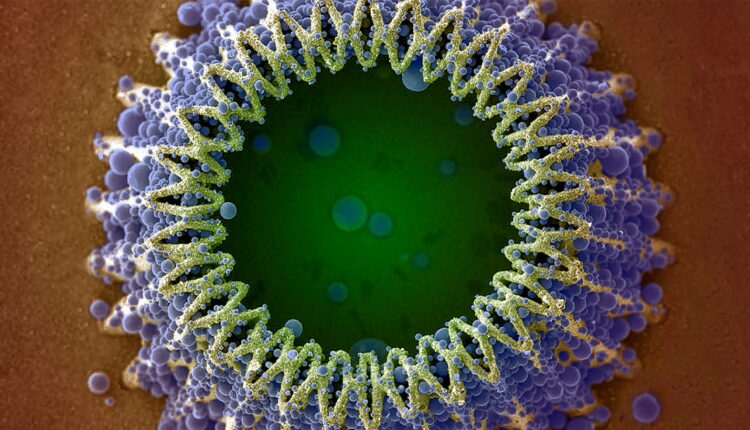
Tiny Robots Made Out Of Carbon Could Conduct Colonoscopy, Pelvic Exam or Blood Test
Researchers at the University of Alberta (Edmonton, AB, Canada) are developing cutting-edge robots so tiny that they are invisible to the naked eye but are capable of traveling through the human body to... Read more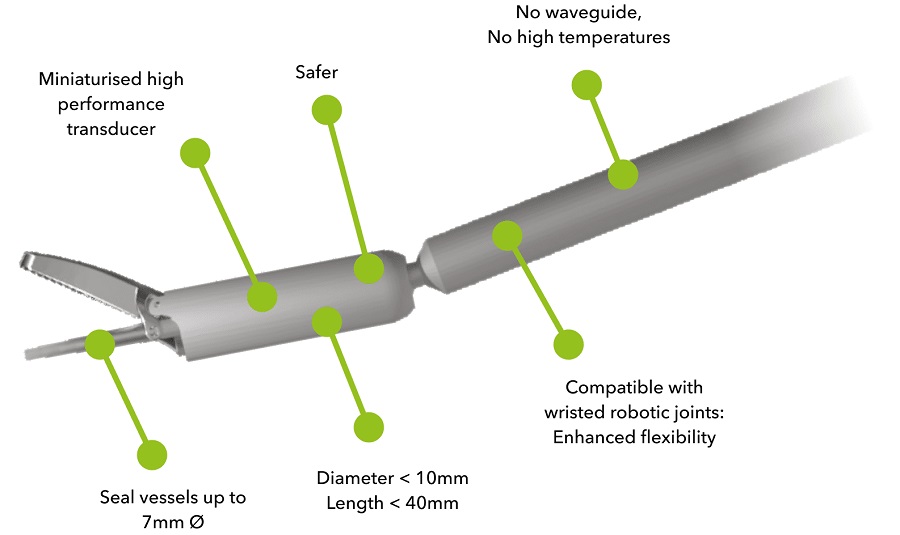
Miniaturized Ultrasonic Scalpel Enables Faster and Safer Robotic-Assisted Surgery
Robot-assisted surgery (RAS) has gained significant popularity in recent years and is now extensively used across various surgical fields such as urology, gynecology, and cardiology. These surgeries, performed... Read morePatient Care
view channelFirst-Of-Its-Kind Portable Germicidal Light Technology Disinfects High-Touch Clinical Surfaces in Seconds
Reducing healthcare-acquired infections (HAIs) remains a pressing issue within global healthcare systems. In the United States alone, 1.7 million patients contract HAIs annually, leading to approximately... Read more
Surgical Capacity Optimization Solution Helps Hospitals Boost OR Utilization
An innovative solution has the capability to transform surgical capacity utilization by targeting the root cause of surgical block time inefficiencies. Fujitsu Limited’s (Tokyo, Japan) Surgical Capacity... Read more
Game-Changing Innovation in Surgical Instrument Sterilization Significantly Improves OR Throughput
A groundbreaking innovation enables hospitals to significantly improve instrument processing time and throughput in operating rooms (ORs) and sterile processing departments. Turbett Surgical, Inc.... Read moreHealth IT
view channel
Machine Learning Model Improves Mortality Risk Prediction for Cardiac Surgery Patients
Machine learning algorithms have been deployed to create predictive models in various medical fields, with some demonstrating improved outcomes compared to their standard-of-care counterparts.... Read more
Strategic Collaboration to Develop and Integrate Generative AI into Healthcare
Top industry experts have underscored the immediate requirement for healthcare systems and hospitals to respond to severe cost and margin pressures. Close to half of U.S. hospitals ended 2022 in the red... Read more
AI-Enabled Operating Rooms Solution Helps Hospitals Maximize Utilization and Unlock Capacity
For healthcare organizations, optimizing operating room (OR) utilization during prime time hours is a complex challenge. Surgeons and clinics face difficulties in finding available slots for booking cases,... Read more
AI Predicts Pancreatic Cancer Three Years before Diagnosis from Patients’ Medical Records
Screening for common cancers like breast, cervix, and prostate cancer relies on relatively simple and highly effective techniques, such as mammograms, Pap smears, and blood tests. These methods have revolutionized... Read morePoint of Care
view channel
Critical Bleeding Management System to Help Hospitals Further Standardize Viscoelastic Testing
Surgical procedures are often accompanied by significant blood loss and the subsequent high likelihood of the need for allogeneic blood transfusions. These transfusions, while critical, are linked to various... Read more
Point of Care HIV Test Enables Early Infection Diagnosis for Infants
Early diagnosis and initiation of treatment are crucial for the survival of infants infected with HIV (human immunodeficiency virus). Without treatment, approximately 50% of infants who acquire HIV during... Read more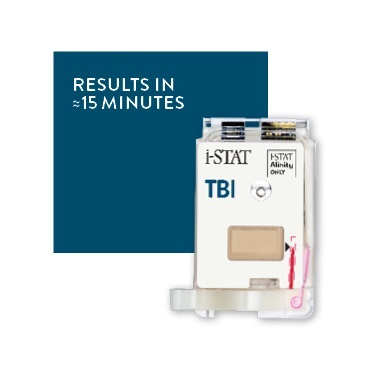
Whole Blood Rapid Test Aids Assessment of Concussion at Patient's Bedside
In the United States annually, approximately five million individuals seek emergency department care for traumatic brain injuries (TBIs), yet over half of those suspecting a concussion may never get it checked.... Read more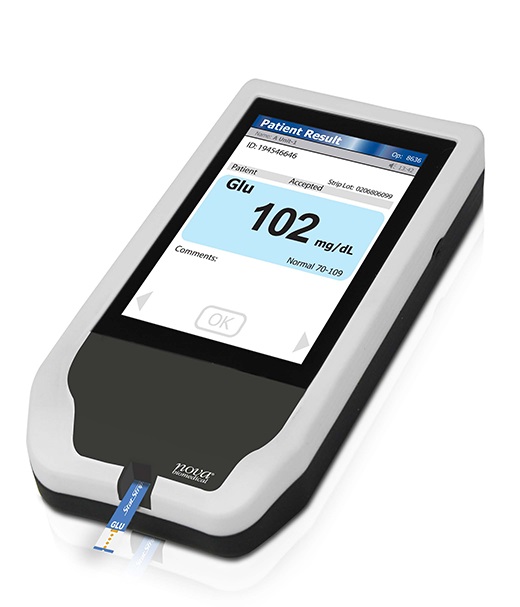
New Generation Glucose Hospital Meter System Ensures Accurate, Interference-Free and Safe Use
A new generation glucose hospital meter system now comes with several features that make hospital glucose testing easier and more secure while continuing to offer accuracy, freedom from interference, and... Read moreBusiness
view channel
Johnson & Johnson Acquires Cardiovascular Medical Device Company Shockwave Medical
Johnson & Johnson (New Brunswick, N.J., USA) and Shockwave Medical (Santa Clara, CA, USA) have entered into a definitive agreement under which Johnson & Johnson will acquire all of Shockwave’s... Read more






